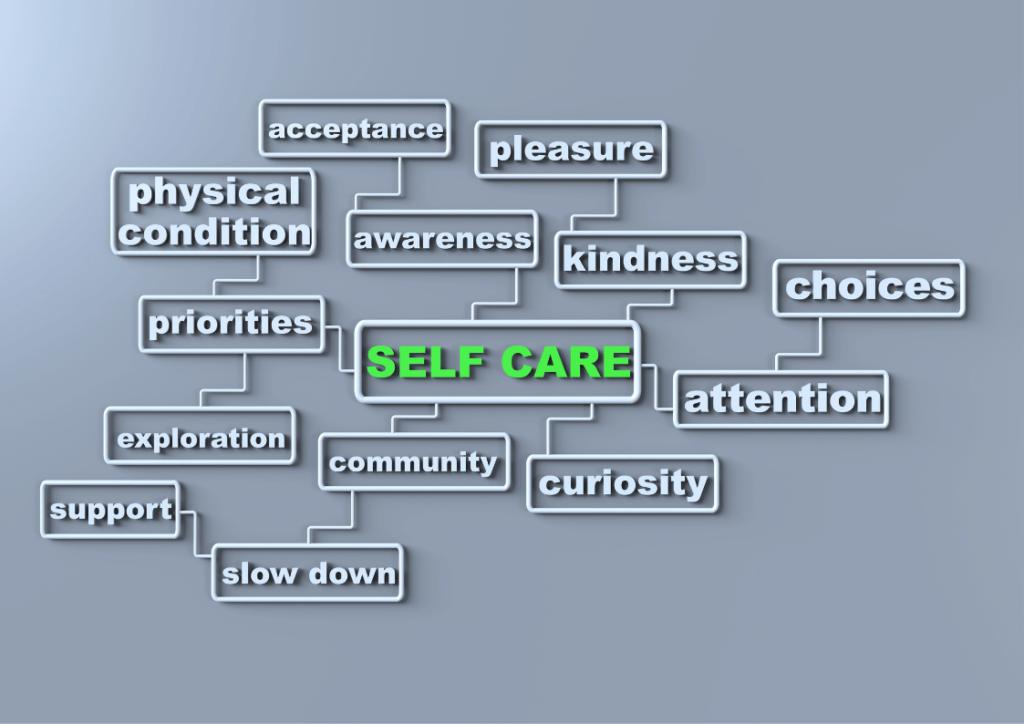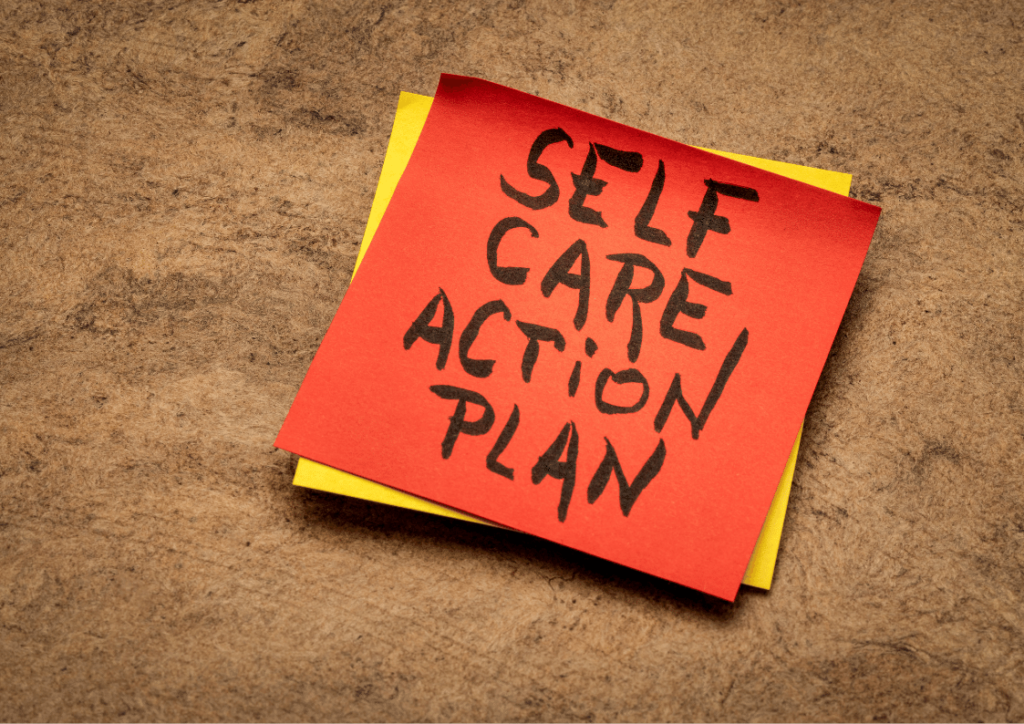
Approximately 5 million people work in retail sales, and 12% of all jobs are in the retail industry. These workers are developing a way of being in their company roles to drive the bottom line. Companies increasingly use analytics to study what customers want, their changing buying behavior, and to examine imposed limitations on how businesses are run.
Before, analytics was of importance only to the big retail giants. It is crucial for all retail establishments, regardless of their size. It focuses on operations and allows companies to make better marketing decisions. Analytics can help establishments better understand customer behavior and predict their future wants and needs. If you are new to analytics, plenty of software tools make the job easier.













